Snakebite is a global health concern, and antivenoms are crucial in mitigating their impact. In this post, we'll unravel the complexities of snakebite antivenoms, breaking down key terms like monovalent, polyvalent, specific, paraspecific, and lyophilized to provide a clearer understanding.
Antivenoms come in two primary types: monovalent and polyvalent. Monovalent antivenoms target a specific snake species, offering a focused defense against its venom. Picture them as specialists tailored for a particular snake, providing precise protection. Conversely, polyvalent antivenoms are designed to cover a broader spectrum, acting as versatile defenders against multiple snake species. They are like comprehensive safety nets, ready to counter various venomous threats. There are also bivalent antivenoms, which provide coverage for only two specific snake species.
In the realm of antivenom, the terms "specific" and "paraspecific" delineate critical distinctions in the manufacturing process and subsequent efficacy against venomous species. When an antivenom is labeled as specific, the venom from the exact species it aims to counteract is utilized during its production. This targeted approach ensures a tailored defense against the venom of a particular snake species, contributing to its precision in treating envenomations.
On the other hand, paraspecific antivenoms operate on a broader yet often equally effective spectrum. In cases like the Thai Red Cross Hematopolyvalent (TRC HPAV), although the antivenom is produced using venom from specific species, Russell’s Viper, Green Pit Viper, and Malayan Pit Viper, it demonstrates effectiveness against additional species from the region. The antivenom's coverage extends beyond the species whose venom was directly involved in its production. For example, it effectively counteracts envenomations from many vipers in the region, even though the venoms from these species weren't used in the manufacturing process. This phenomenon showcases the remarkable adaptability of certain antivenoms, providing a broader shield against a range of venomous threats beyond their initially targeted species.
Manufacturers, in some cases, explicitly include paraspecific coverage in their indications, highlighting the effectiveness of the antivenom against certain related species, even though their venoms were not directly used in the production process. This intentional recognition from the manufacturer provides valuable information to healthcare professionals and snakebite responders, aiding them in making informed decisions about the antivenom's applicability in different scenarios.
However, it's equally crucial to recognize the concept of off-label uses in antivenom treatment. In certain situations, medical professionals may choose to employ an antivenom for treating envenomations from snake species not explicitly mentioned on the label.
The distinction between lyophilized and non-lyophilized antivenoms lies in their formulation and storage characteristics. Lyophilized antivenoms, also known as freeze-dried, undergo a process where water is removed to create a stable powder form. This dehydration process contributes to increased stability, allowing for a longer shelf life and easier transportation and storage. Storage requirements depend on the manufacturer, however most lyophilized antivenoms can be stored at room temperature. Upon reconstitution with a diluent, lyophilized antivenoms regain their potency, ready to be administered.
On the other hand, non-lyophilized antivenoms are in liquid form and do not undergo the dehydration process. While this form may be more straightforward to administer, it can be more susceptible to degradation over time, requiring careful storage conditions and a shorter shelf life. Most manufacturers have switched to producing lyophilized antivenoms.
Antivenoms continue to be the mainstay of treatment for snake envenomations worldwide. Understanding the nuances in terms used in the production and clinical uses is essential for scientists and clinicians to communicate key concepts.
If you found this article informative, please consider donating to ASF today. Every donation is 100% tax deductible and goes directly to patient care in Africa.

